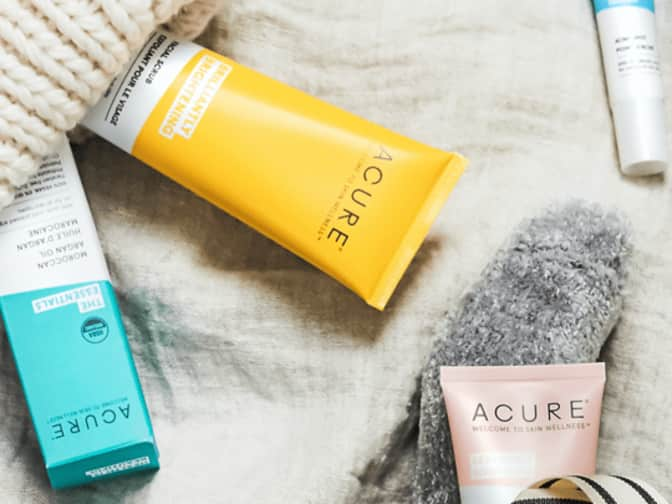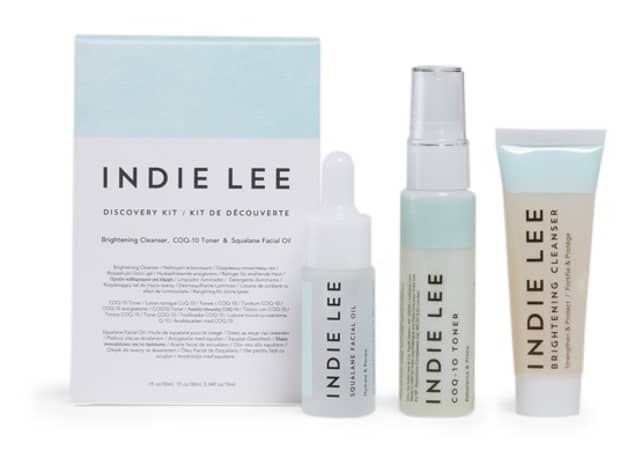What are AHAs?
AHA is an acronym for alpha-hydroxy acid. A key ingredient in anti-aging skincare products, AHAs exfoliate your skin, improve its natural moisturizing abilities, and stimulate collagen production.
They’re particularly helpful for dry or sun-damaged skin, and they can even reduce the appearance of aging.








